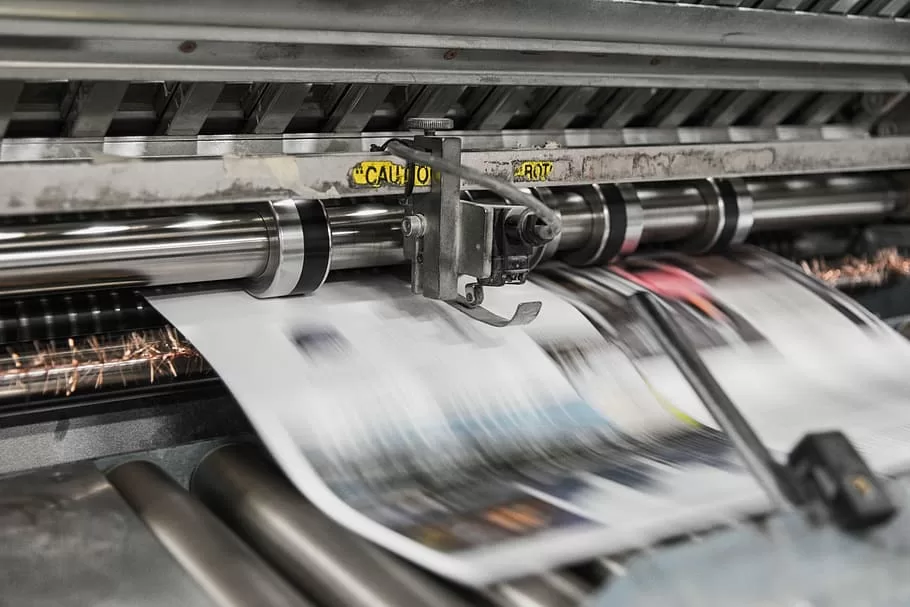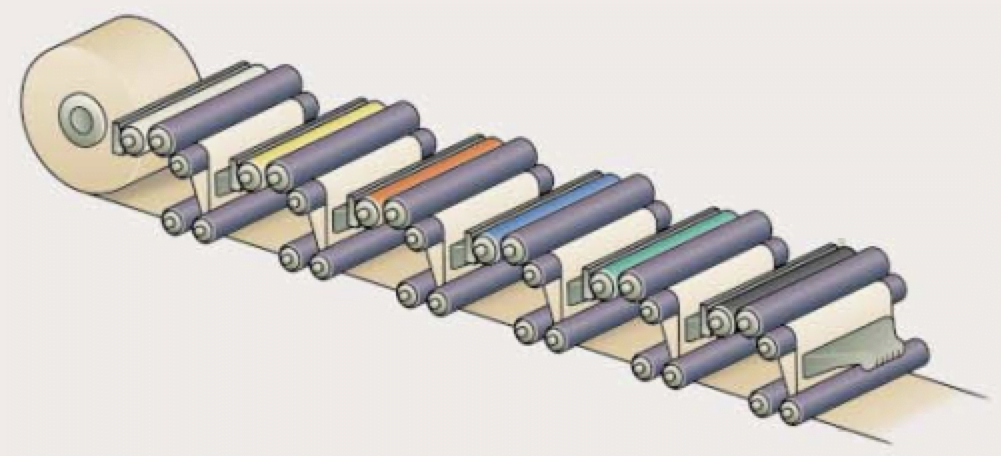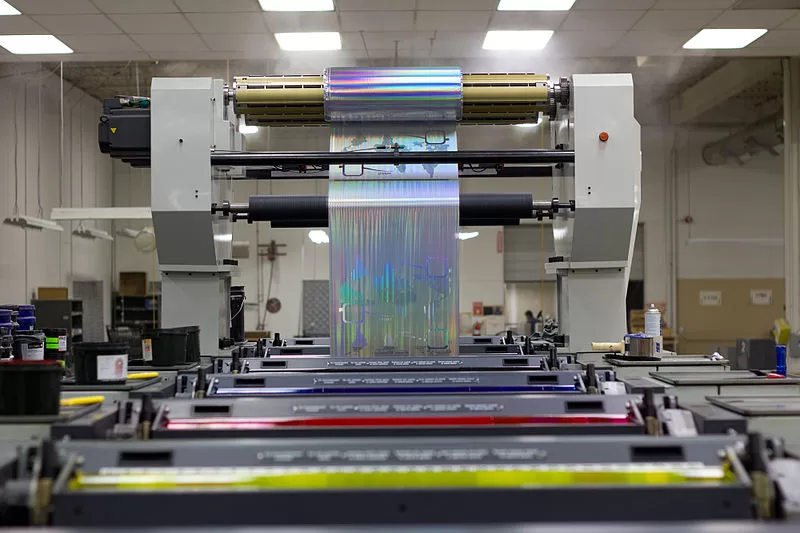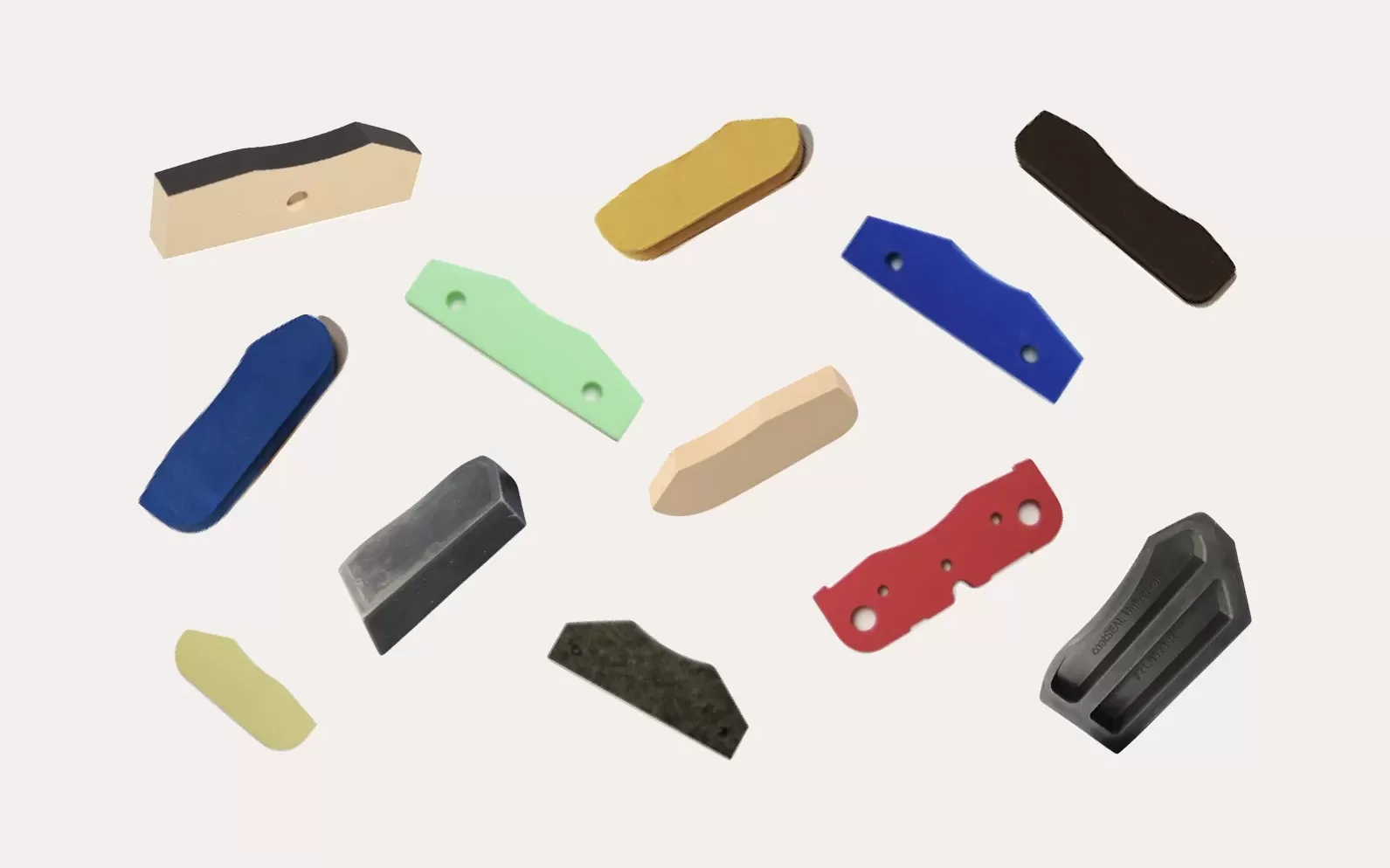In the printing industry, precision and efficiency are paramount. Among the myriad of tools and techniques used to achieve these goals, the turn bar system stands out. This sophisticated but essential system allows a continuous roll of substrate (typically paper) to be turned without manual intervention. It enables seamless operation, especially when double-sided printing or special alignment is required. The application of the turner-bar system is crucial in many printing fields, contributing to increased productivity and quality.
Turn Bar System Applications
The turn bar system is used extensively in web printing – a process that produces high-speed, high-volume prints by feeding a large roll of paper through the press. It is particularly important in flexo printing, where flexible plates are used to print on materials such as plastic, metal foil, and other substrates. Flexo printing in particular benefits greatly from turn bars due to the nature of the substrates and the need for precision in packaging and labelling. Turn bars are also used in gravure printing, where they are needed to produce fine images and wide formats.
How Turn Bar Systems Work
A turn bar system essentially consists of multiple rollers strategically arranged to change the path of the web. The configuration typically includes fixed bars and adjustable rollers. As the web passes through the press, it encounters these bars, which are positioned to guide it through a turn – typically a 90° or 180° change in direction.
This is achieved by carefully arranging the tensioning and guiding mechanisms to ensure a smooth and accurate passage of the web. Web tension control is critical throughout this process to prevent misalignment or web breaks that could disrupt the printing process.
Advantages of Turn Bar Systems
Perfecting systems offer several benefits that improve operational efficiency and output quality. First, they facilitate two-sided printing. By efficiently flipping or turning the web, both sides can be printed in a single pass, saving significant time and reducing waste.
Improved alignment and precise registration are additional benefits. Roller bars help maintain the correct path and tension, ensuring that multi-colour and multi-sided prints are perfectly aligned.
In addition, turner bars help make better use of space. Presses equipped with turn bars do not have to follow long, straight paths, making the setup more compact and flexible. This is particularly beneficial in flexo printing, where substrate types vary and careful handling is essential.
Turn bars also increase versatility, allowing presses to handle a range of substrates, from thin films to thick papers, without requiring significant changes in press setup.
Considerations When Using Turn Bar Systems
While turn bar systems are highly advantageous, there are specific considerations and best practices to follow for optimal performance.
Material compatibility is a primary consideration. Different substrates react differently to tension and mechanical handling, so selecting the right type of turn bar system is critical.
Tension management and control are also critical. Proper calibration of the tensioning system is necessary to prevent web breaks and ensure smooth transitions. Regular maintenance and calibration of turn bars can prevent downtime.
Another cornerstone is operator training. Skilled operators who understand the intricacies of the turn bar system can maximise its benefits. They can troubleshoot problems quickly and maintain the system to avoid potential disruptions.
Conclusion
In summary, the turn bar system is an indispensable component in modern printing processes. It brings significant benefits in terms of efficiency, precision and versatility. From offset to flexo, the integration of turn bar systems has revolutionised the way continuous-roll printing is managed. Its role in optimising space, ensuring double-sided printing, and handling a variety of substrates makes it a valuable asset. As the printing industry continues to evolve, the use and fine-tuning of turn bar systems will continue to be critical to achieving high-quality, high-volume output efficiently.






